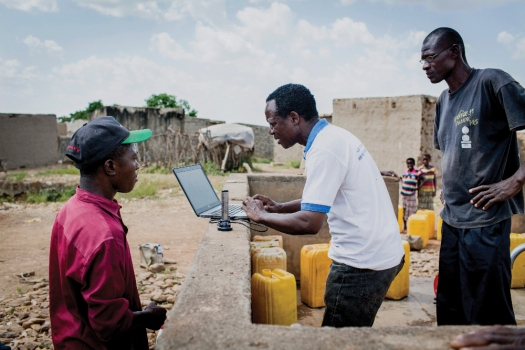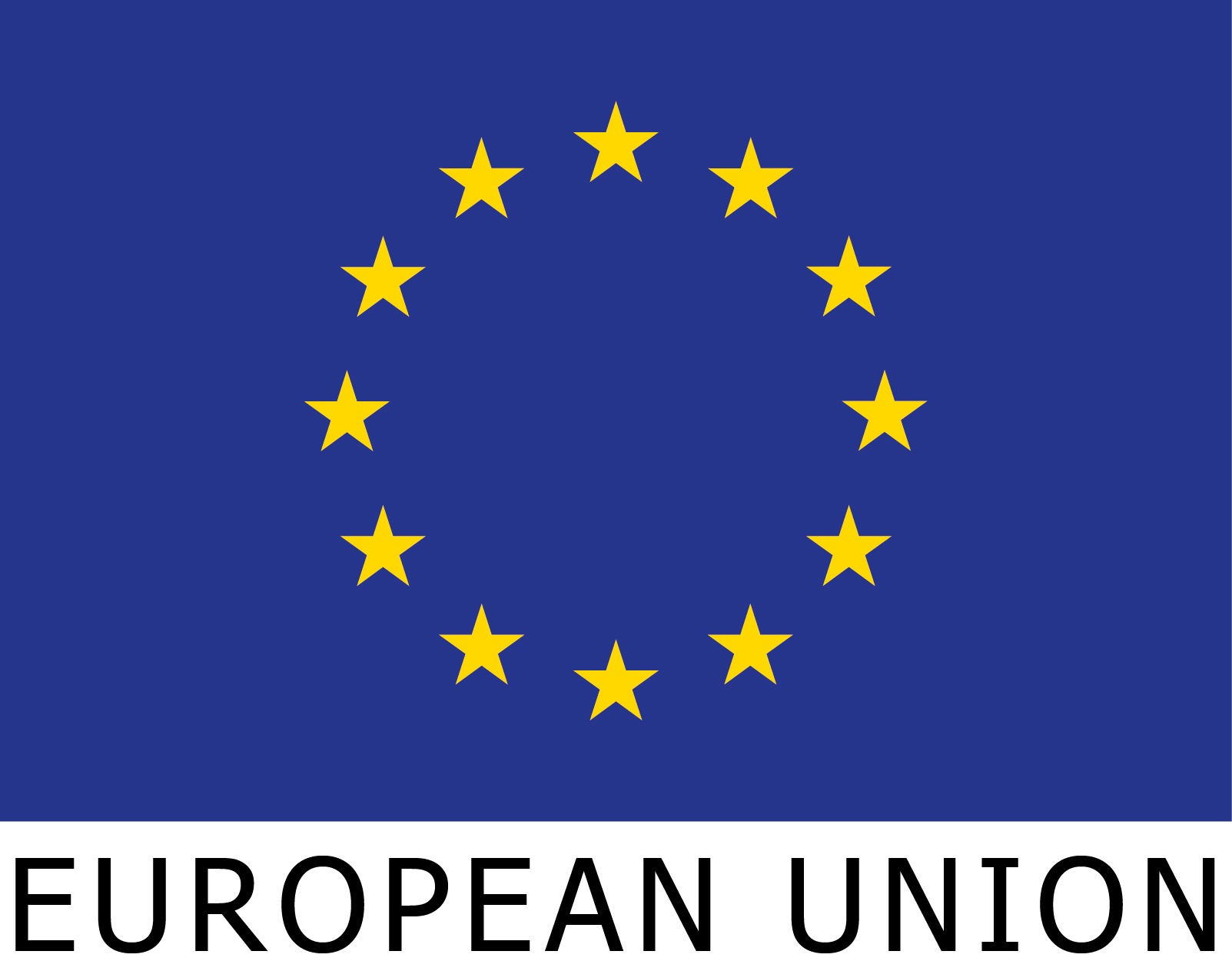Handbook on Data Collection / Introduction

The AfriAlliance Handbook on Data Collection provides guidance on how to best develop a data collection project to ensure high quality data is collected and maximum impact is achieved.
Focusing on the development sector and the collection of data, mainly by people, the Handbook covers the main elements to consider when designing and implementing a data collection project. Where applicable, it will also point you to more detailed resources.
|
The Handbook provides guidance for projects to:
|
Contents
The growing importance of data
The 21st century is the century of data: ninety percent of the data (ever created) was created in the last two years (2015, 2016)1.
Within the development sector, the transition from the millennium development goals (MDGs) to the post-2015 sustainable development goals (SDGs) poses new challenges in the realm of data for development and drives a massive demand for high quality data. There is a pressing need for data on specific topics, such as water quality, and in general for data and evidence to enable better monitoring and evaluation of development results and to increase accountability, effectiveness and efficiency. Governments and supporting organisations will be required to generate unprecedented amounts of high quality data in order to monitor and report on progress in implementing the SDGs. It is crucial that this data is collected using consistent methodologies and, when possible, is openly available to all stakeholders, while taking into account that some data may be sensitive and can’t be shared in raw format.
Data collection for the development sector
In the development sector, a large part of data is collected by people going into the field to perform surveys and conducting other measurements, such as water quality. The Handbook focuses on these data collection projects, providing guidance on the journey from data to decision according to these five stages:
prepare - design - capture - understand & share - act</br>.
The guidance will describe:
- how to design such projects;
- how to implement the data collection process;
- how to combine the collected data with other data sources;
- how to analyse the data to gain insights and make informed decisions;
- and how to make the data openly available.
The importance of good set-up
Too often, data is collected using inconsistent methodologies which lead to data that is not usable and/or comparable. Sometimes, additional data is collected just because there is the opportunity to do so. This leads to data-fatigue from the collecting organisations who see no concrete results from their large efforts. It also comes from the people who collect the data as they see no tangible results from their large amount of data. Lastly, data is often not shared, causing other organisations to collect the same data instead of building on existing data. Data is only useful if it is high quality and collected with a certain goal in mind.
Set-up of the Handbook
The Handbook consists of ten phases that each data collection project should go through (see Table 1). These phases are not by definition consecutive or prescriptive, there may be some overlaps, and it may be necessary to go back to a previous phase due to findings at a later stage.
Table 1. Ten phases of the Handbook
| 1. Prepare project | Prepare the project proposal. |
| 2. Design project | Design the project in detail, together with (local) stakeholders. |
| 3. Research data | Research what data is already available and what this means for the data to be collected. |
| 4. Design samples and surveys | Design the sample in which data will be collected and the survey to be used. |
| 5. Prepare data collection | Prepare for data collection in the field. |
| 6. Collect data | Manage the data collection in the field. |
| 7. Analyse and visualise data and gain insights | Analyse and visualise the gathered data, combine with other data sources and gain insights. |
| 8. Share data and insights | Share the gathered data and insights publicly. |
| 9. Make informed decisions | Make informed decisions based on the insights developed. |
| 10. Evaluate and apply lessons learned | Evaluate the project and apply any lessons learned in the follow up. |
When the ten steps mentioned above are divided over five stages, the set-up of the Handbook is as shown in Figure 1, below.
Follow up
This is the first version of the Handbook. In the AfriAlliance project, we will continue to build on this version by improving the guidance and updating the resources. We will also provide practical examples of projects based on this guidance.
References
- ↑ 90% Of Today's Data Created In Two Years. Jack Loechner, MediaPost. December 22, 2016.
Acknowledgements
AfriAlliance
| The Africa-EU Innovation Alliance for Water and Climate (AfriAlliance), is a 5-year project funded by the European Union’s H2020 Research and Innovation Programme. It aims to improve African preparedness for climate change challenges by stimulating knowledge sharing and collaboration between African and European stakeholders. Rather than creating new networks, the 16 EU and African partners in this project will consolidate existing ones, consisting of scientists, decision makers, practitioners, citizens and other key stakeholders, into an effective, problem-focused knowledge sharing mechanism. |
| AfriAlliance is lead by the IHE Delft Institute for Water Education (Project Director: Dr. Uta Wehn) and runs from 2016 to 2021. The project has received funding from the European Union’s Horizon 2020 research and innovation programme under grant agreement No 689162. |
Akvo
| This handbook was written by Akvo in collaboration with the partners in the AfriAlliance consortium. Akvo works with governments and non-governmental organisations that strive for equal access to public services, reliable infrastructure and a safer environment. Good data is critical for effective decision making, collaboration, and accountability. Akvo provides partners with the data platform to help them capture, clean, visualise and share data. That data platform is supported by a series of services to build local expertise and ensure success from data to decision. With five regional hubs in five continents, Akvo has supported over 20 governments and 200 organisations in more than 70 countries. |
License
| The content of this handbook may be re-used under the Creative Commons 3.0 Attribution 3.0 Unported (CC BY 3.0) license. |


